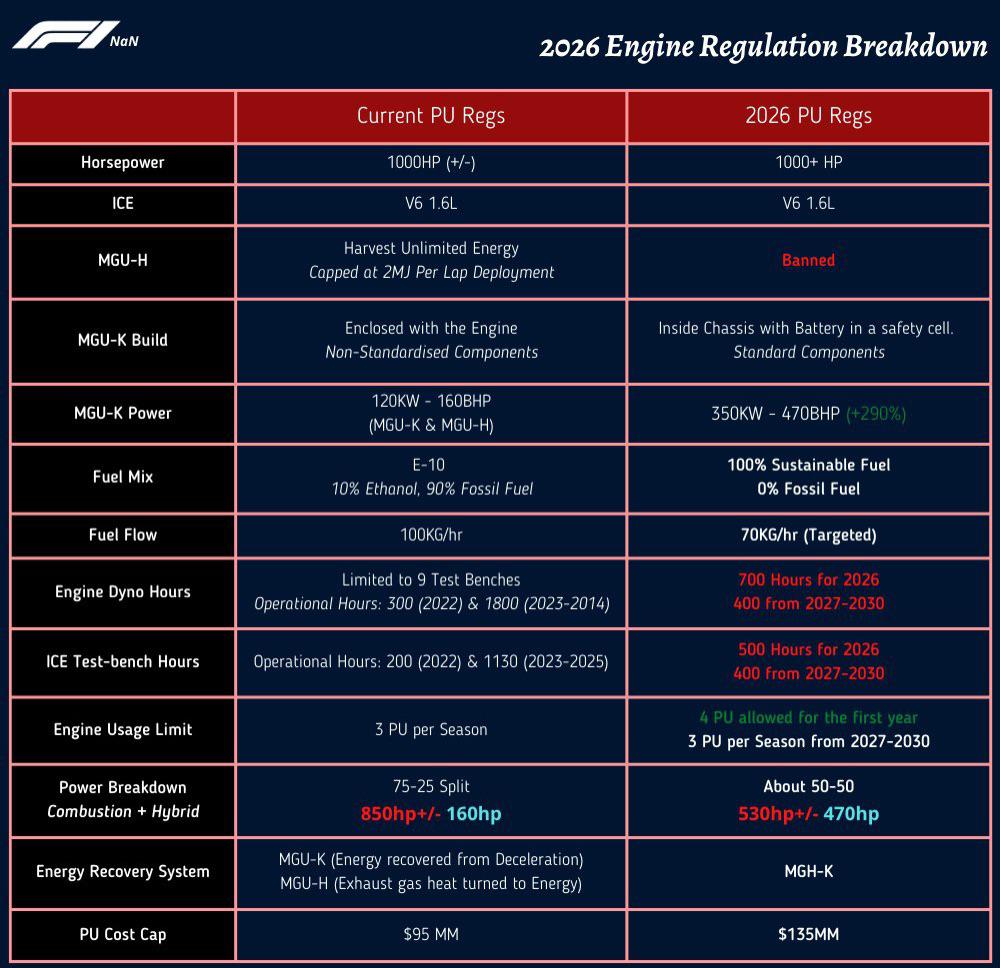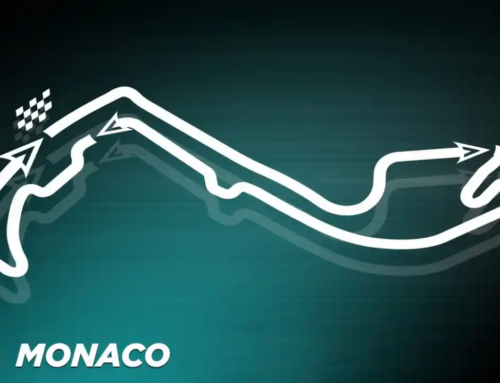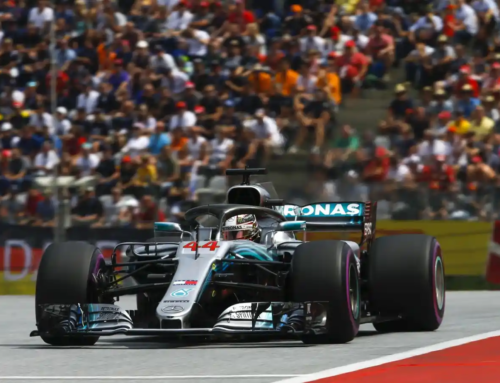Introduction: F1’s 2026 Regulations – Your Future Car’s Blueprint
Formula One’s 2026 engine regulations isn’t just about lap times—it’s a $1,2 billion R&D push to de-carbonise motorsport. But here’s the kicker: a large percentage of this tech will hit consumer cars by 2030. From synthetic fuels that neutralise your gas guzzler’s emissions to active aerodynamics boosting EV range, we dissect how F1’s lab experiments will redefine your daily commute. Learn more about the changes at this link.
-
Sustainable Fuels: Can Your Gas Car Go Carbon-Neutral?
F1 Innovation: By 2026, F1 cars will run on 100% advanced sustainable fuels (ASF) made from algae, agricultural waste, and CO2 captured from factories. These “drop-in” fuels will reduce emissions drastically compared to gasoline.
Road Car Impact:
- Porsche’s $75 million e-fuel plant in Chile (launching 2025) will produce ASF for classic 911s and Macan SUVs. “By 2030, every Porsche ICE car can run carbon-neutral,” says CEO Oliver Blume.
- UK and EU policy shift: Lawmakers are drafting tax incentives for ASF adoption, positioning it as a bridge for regions lagging in EV infrastructure (e.g., rural Australia, Southeast Asia).
Why It Matters:
ASFs could extend the life of 1,2 billion ICE vehicles globally while meeting net-zero goals.
Featured Snippet Hook
Q: Will synthetic fuels work in existing cars?
A: Yes—ASFs are chemically identical to gasoline, requiring no engine modifications.
Follow Double Apex on Facebook and Instagram, where we share more car content.
-
Electrification 2.0: How F1’s Hybrid Tech Will Cut EV Charging by 40%
F1 Innovation: The 2026 MGU-K (kinetic energy recovery) will harvest 8,5 MJ per lap—enough to power 3 500 homes for a second.
Road Car Impact:
- Faster regenerative braking: Tesla’s 2027 Roadster will adopt F1-derived supercapacitors to reclaim 35% more energy during deceleration, reducing charge times.
- Lighter batteries: Mercedes-AMG’s F1 team is testing silicon-anode batteries that could slash EV battery weight by 30%, as confirmed by CTO Markus Schäfer.
-
Active Aerodynamics: From Silverstone to Suburbia
F1 Innovation: 2026 cars will deploy “X-Mode” wings for straights (reducing drag by 55%) and “Z-Mode” for corners.
Road Car Impact:
- Hyundai’s Ioniq 7 (2027) will feature adaptive spoilers, boosting highway range by 12%.
Data-Driven Comparison
| Tech | F1 2026 Car | Road Car ETA |
| Active Aero | Adjustable wings | 2028 (Premium EVs) |
| Sustainable Fuels | 100% ASF | 2030 (Global) |
| Battery Density | 1 200 Wh/kg | 2032 (Consumer) |
-
Safety & Materials: Why Your Next SUV Will Weigh Less Than a Tesla
F1 Innovation: 2026 chassis will use 3D-printed titanium alloys and crash structures absorbing 150% more energy.
Road Car Impact:
- Ford’s 2028 Explorer will adopt F1-inspired composites, cutting weight by 181 kg for better range and handling.
- Pedestrian Safety: Volvo is testing F1-style crumple zones to reduce pedestrian injury risk by 50%.
-
The Sound Wars: Why Your EV Won’t Stay Silent
Click here to access our dedicated Formula One section.
F1 Innovation: Engineers are amplifying exhaust notes using resonators, ensuring hybrids still roar.
Road Car Impact:
- BMW’s M Division is developing AI-generated engine sounds for EVs, customisable via app. “Drivers want emotion, even in EVs,” says CEO Oliver Zipse.
Controversies: Will F1’s Tech Split the Auto Industry?
Red Bull’s Christian Horner warns of “a hybrid arms race leaving smaller brands behind,” while Audi’s F1 chief Adam Baker argues: “Cost caps ensure even startups can license this tech.”
Conclusion: The Road to 2030 Starts in F1’s Garage
F1’s 2026 regulations are more than rules—they’re a global pact to make performance and sustainability inseparable. For drivers, this means cars that charge faster, handle smarter, and yes—still roar.







Leave A Comment